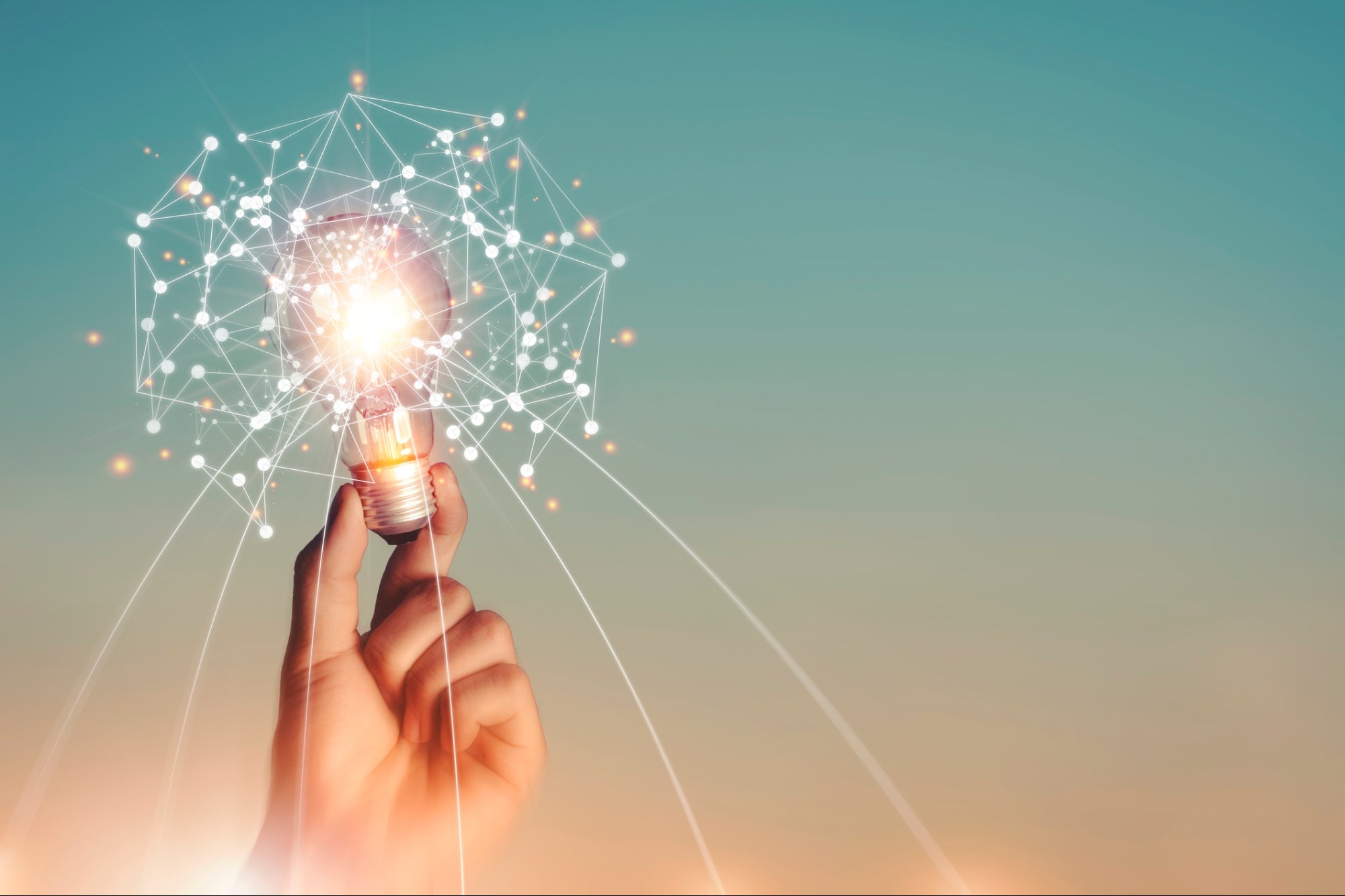Biden's $2 Trillion Infrastructure and Jobs Plan: Here's Where the Money Would Go Following the passage of his $1.9 trillion stimulus plan, the president is now turning his attention to job creation and improving the country's dilapidated infrastructure.
By Justin Chan Edited by Frances Dodds
On Wednesday, President Joe Biden announced his $2 trillion American Jobs Plan, an initiative intended to both upgrade the country's aging infrastructure and create jobs. The ambitious package will not only repair roads and bridges but also build on Biden's commitment to creating a larger clean energy workforce.
The plan faces opposition from a significant number of Republicans who say its price tag is unreasonable and some Democrats who say it isn't far-reaching enough. Still, the White House is making the case that the plan has been largely supported by Americans, citing a poll by Navigator Research that found that 80% of Americans want to see job training programs for those displaced as a result of closed power plants and coal mines.
In order to fund the package, Biden intends to raise the corporate tax rate from 21% to 28% over 15 years. His administration is also considering a global minimum tax in a bid to encourage companies to conduct business in the U.S. Furthermore, the White House is proposing a tax on capital gains as regular income for the wealthy and an increase in the top individual rate for those making more than $400,000 yearly.
Here's where the $2 trillion would go:
- $621 billion would go toward improving transportation infrastructure. At least $174 billion of that money would be invested in electric vehicle stations and $115 billion of it would go toward upgrading bridges, highways and roads in need of repair. The rest of the money would go toward improving the Amtrak system, airports and coastal ports, among other projects.
- $650 billion would be spent on building, preserving and retrofitting affordable homes, schools and commercial buildings. The money would also be invested in upgrading water systems and electrical systems as well as expand high-speed broadband access. A breakdown reveals that approximately $213 billion would be used toward retrofitting more than 2 million homes and buildings. An additional $40 billion would go to public housing projects. About $100 billion of the money would be spent on high-speed broadband access, and another $111 billion would be used on modernizing the country's wastewater, drinking water and stormwater systems.
- $400 billion would go toward improving care for the elderly and those with disabilities. A portion of the money would be used to increase pay for care workers, many of whom are women of color, according to USA Today. Some of the money would also be spent to expand the Medicaid program so that more people can get care.
- $300 billion would be spent on research and development as well as manufacturing. Nearly $52 billion of the allocated money would support domestic production of rural goods and clean energy. An additional $30 billion would be spent on preventing future pandemics. The remaining money would go toward investing in clean energy technology, laboratory infrastructure and worker protection programs.
Related: 6 Stimulus Bill Benefits You Need to Know About, Including Your $1,400 Check









